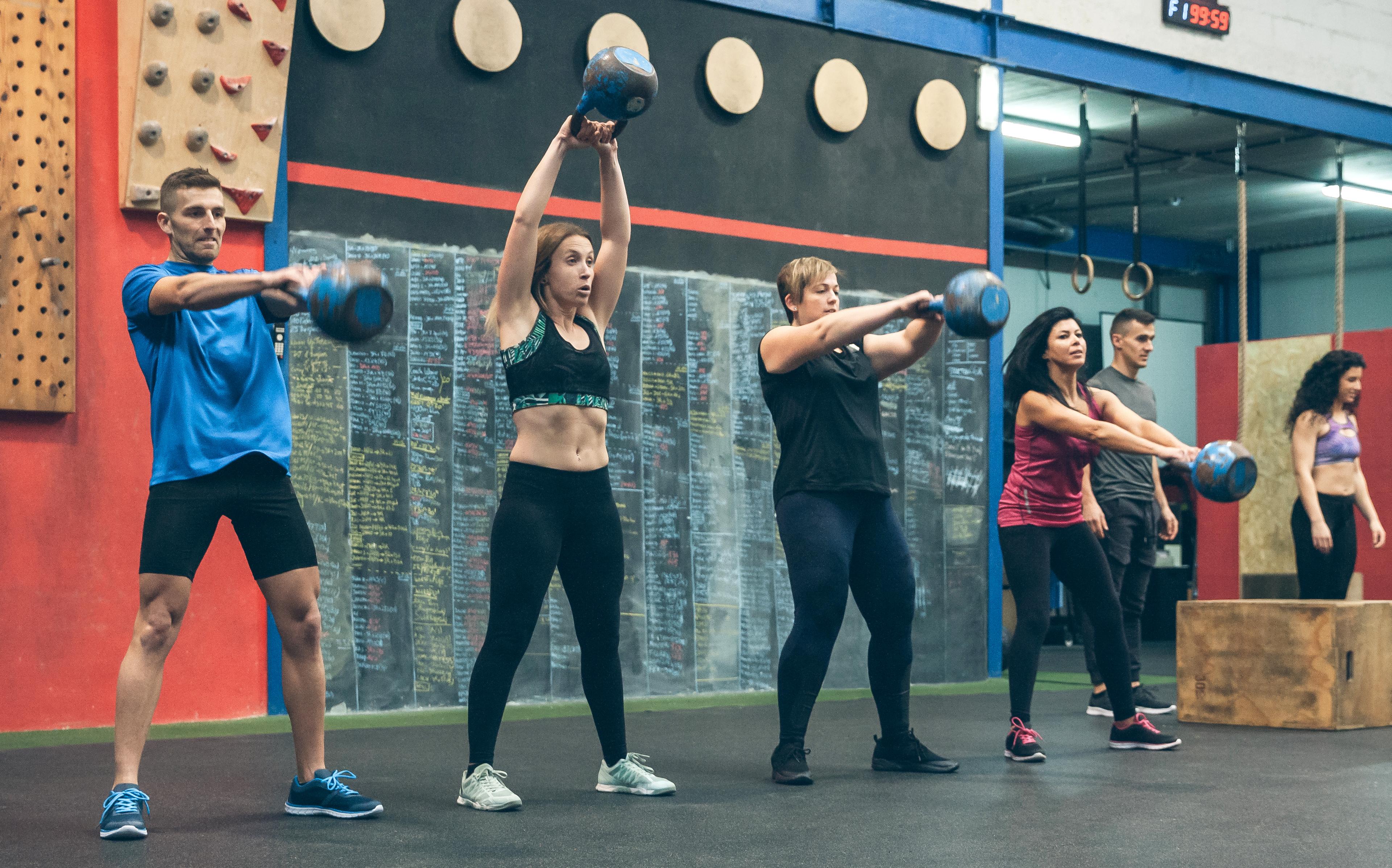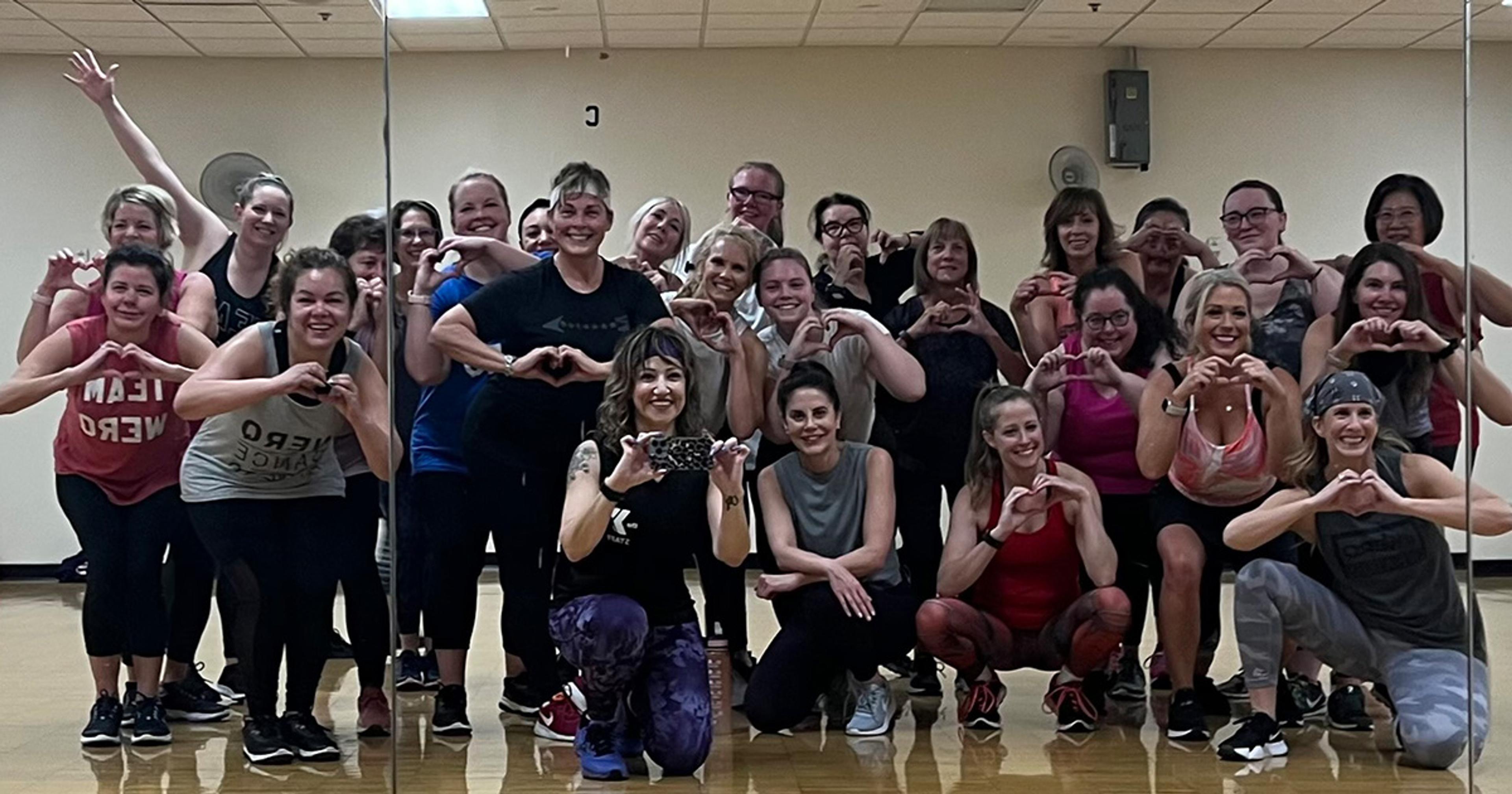Which Workout Class is Right for You?
Lindsay Bridges
| 3 min read

Lifting weights and running on the treadmill can become very tedious and monotonous. Workout classes are a fun and exciting way to get your exercise in for the day. Each workout class has different benefits and works specific body parts. Many workout classes not only lead to physical health but mental health as well.
Here are five examples of common workout classes and what each can do for your body and health:
Zumba
Zumba is a fitness exercise that involves dancing by alternating slower and faster moves. It engages many different muscle groups and can tone your abs, thighs and glutes. Not only does Zumba give a great full body workout but it also strengthens your bones and muscles and keeps your immune system healthy.
Yoga
Since yoga is a low-impact and low-intensity form of exercise, many people wonder exactly how it benefits your body. Yoga helps improve brain function and lowers stress levels. In a University of Illinois study, participants performed significantly better on brain functioning tests after yoga, as opposed to their performance after an aerobic exercise. Those who actively participate in yoga tend to experience lower blood pressure, stronger bones and lower risk of heart disease.
Pilates
Participating in regular pilates work outs is one of the best ways to shape and tone your body. Pilates focuses mainly on core exercise to aid in building body strength, flexibility and endurance. The great thing about pilates is that it won’t result in bulky muscles. Instead it lengthens and strengthens them. Each pilates class provides a workout that tones the entire body. Pilates not only focuses on a full-body workout, but it also focuses on mental health. It teaches you to basic balance, and control of the body and mind.
Kickboxing
Kickboxing is a type of fitness that involves kicks, punches and strikes. Most of the power for basic strikes comes from the lower back muscles, but the forearm muscles absorb impact as well. The repetitive kicking motions give you a high-intensity workout. Kicking also strengthens your legs, mainly the quadriceps and calves. Putting together multiple punching combinations contributes to the high-intensity muscle workout as well. The classic “jab” works the deltoids, a muscle group in your shoulder. The cross punch engages the hip flexors and abductors. Kickboxing is a great high-intensity cardio workout that will work muscles throughout your entire body.
Studio Cycling
Indoor cycling is an excellent low-impact workout. Cycling works your upper and lower leg, arms, back and abdominal muscles. The primary muscles used to pedal are the quadriceps but the calves are also used specifically when pushing down on the pedal. To strengthen your abdominal muscles one option is choosing a recumbent bike instead of an upright bike. This forces you to use your lower ab and oblique muscles as you pedal.
There are plenty of workout classes for any type of workout. They range from high intensity to low intensity and high impact to low impact. These workout classes will spice up your weekly routine and even make working out a bit more enjoyable!
Check out these blog posts if you enjoyed this one:
Photo Credit: Nottingham Trent University





